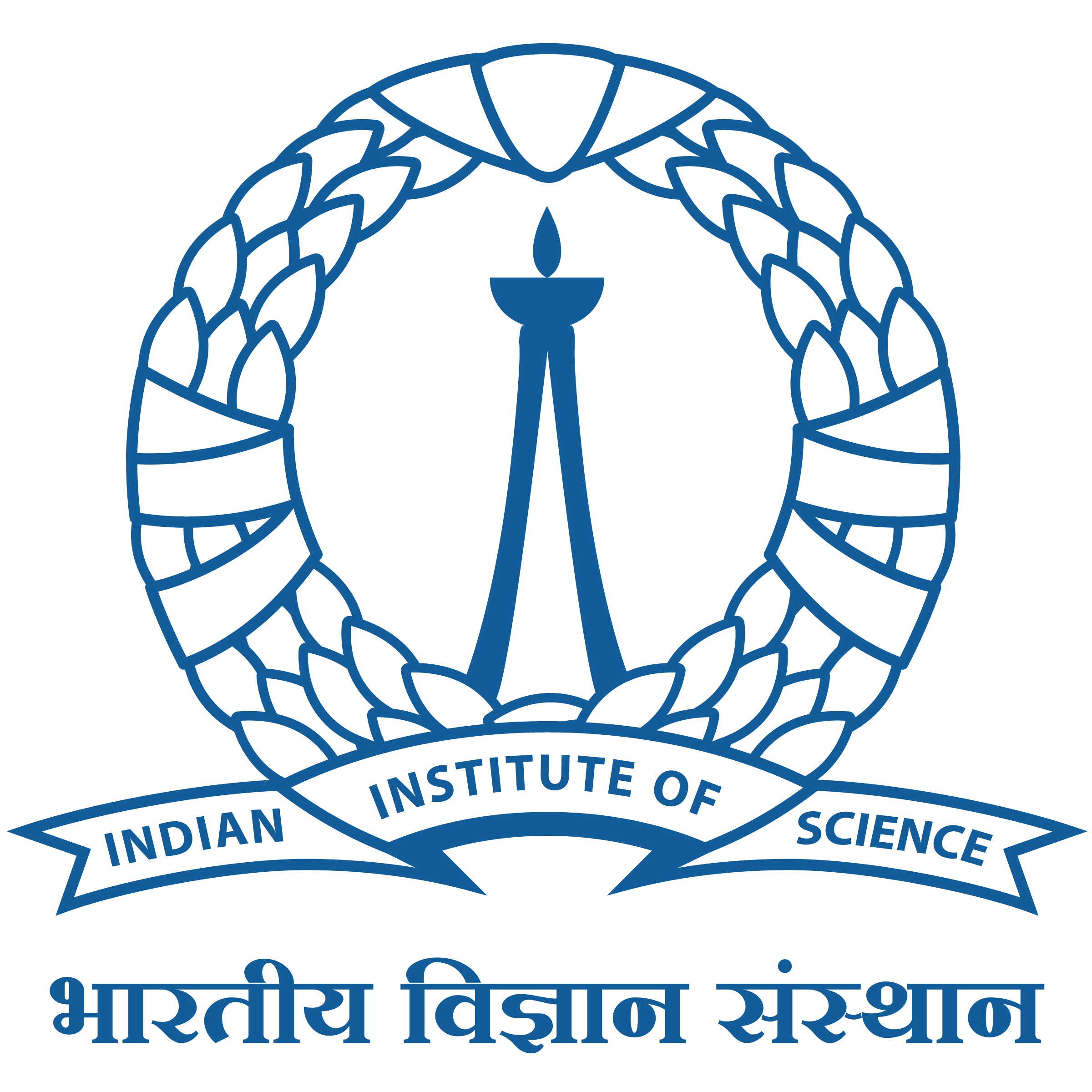
- This event has passed.
Seminar by Dr. Sunil Laxman on “Economic principles of metabolic restoration in cells”
August 14, 2023 @ 4:00 pm - 5:00 pm
Speaker: Dr. Sunil Laxman, Associate Investigator, DBT-in Stem, Bangalore
Title: Economic principles of metabolic restoration in cells
About the Speaker: Sunil Laxman is an associate investigator at DBT-in Stem, Bangalore. An old Bangalorean, Sunil completed his BTech at CBT, AU in Chennai, and a Ph.D. at the University of Washington, Seattle (with Prof. Joseph Beavo), where he developed an interest in principles of cell signaling. He went on to postdoctoral studies at UT Southwestern Medical Centre, with Profs. Steven McKnight and Benjamin Tu, which initiated interest in metabolism. The current goals of research in the Laxman lab are to identify the rules, chemical logic, and organizational principles of metabolic networks. Ongoing directions of research include understanding the formation and sensing of metabolites, and systems-level principles of metabolic network organization.
Abstract: Cell metabolism should be thought of as an economy, which is organized into supply and demand blocks (of precursors and products). But to build frameworks for metabolic exchange between cells, and how the evolution of metabolic/signalling pathways determines resource allocation strategies in cells. Findings from these studies are being integrated synthetic systems approaches for regenerative biology, food, and environmental biotechnology. The lab is supported by a DBT-Wellcome India Alliance Senior Fellowship, and other support from DST, DBT, and the EMBO YIP/Global Investigator network. what can supply-demand analysis teach us? Quantitative considerations of supply and demand should reveal multiple organizations of cellular responses. I will explore this central concept in this seminar, through two ongoing studies. In the first, we address how cells differentially prioritize the restoration of distinct amino acids, upon disrupting their supply, and construct a logic based on individual amino acid costs as well as composite demand. We find that cells employ a conserved strategy guided by the law of demand, to prioritize amino acid restorations upon transient limitation. In the second part of this seminar, we uncover how cells differentially treat amino acids that are internally available, vs those that accumulate externally. Quantitatively, these internal and external amounts can differ by orders of magnitude, and do not universally function as ‘public goods’. Distinct amino acids, based on ease of availability as well as functional requirements, can function either as contextually utilized public goods, or carefully protected, privatized resources that are banked for anticipated future requirements. I will end with speculation on how quantitative analyses of demand and supply can explain cellular resource allocation strategies in different environments.

